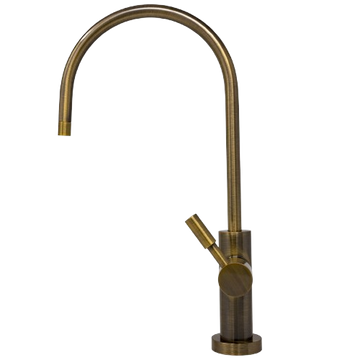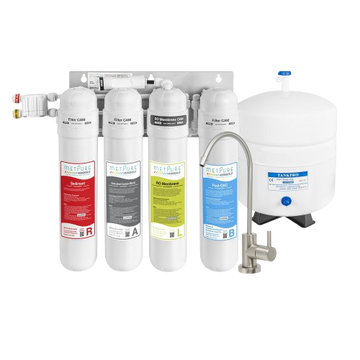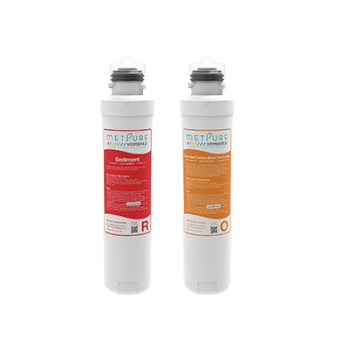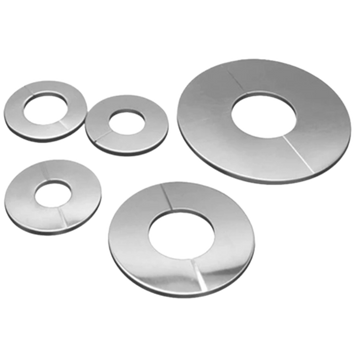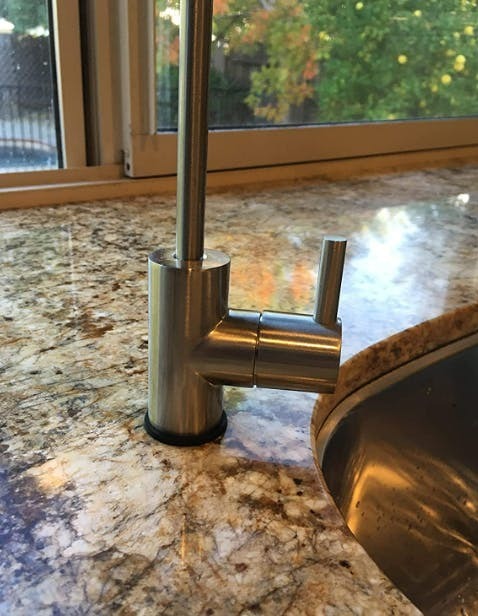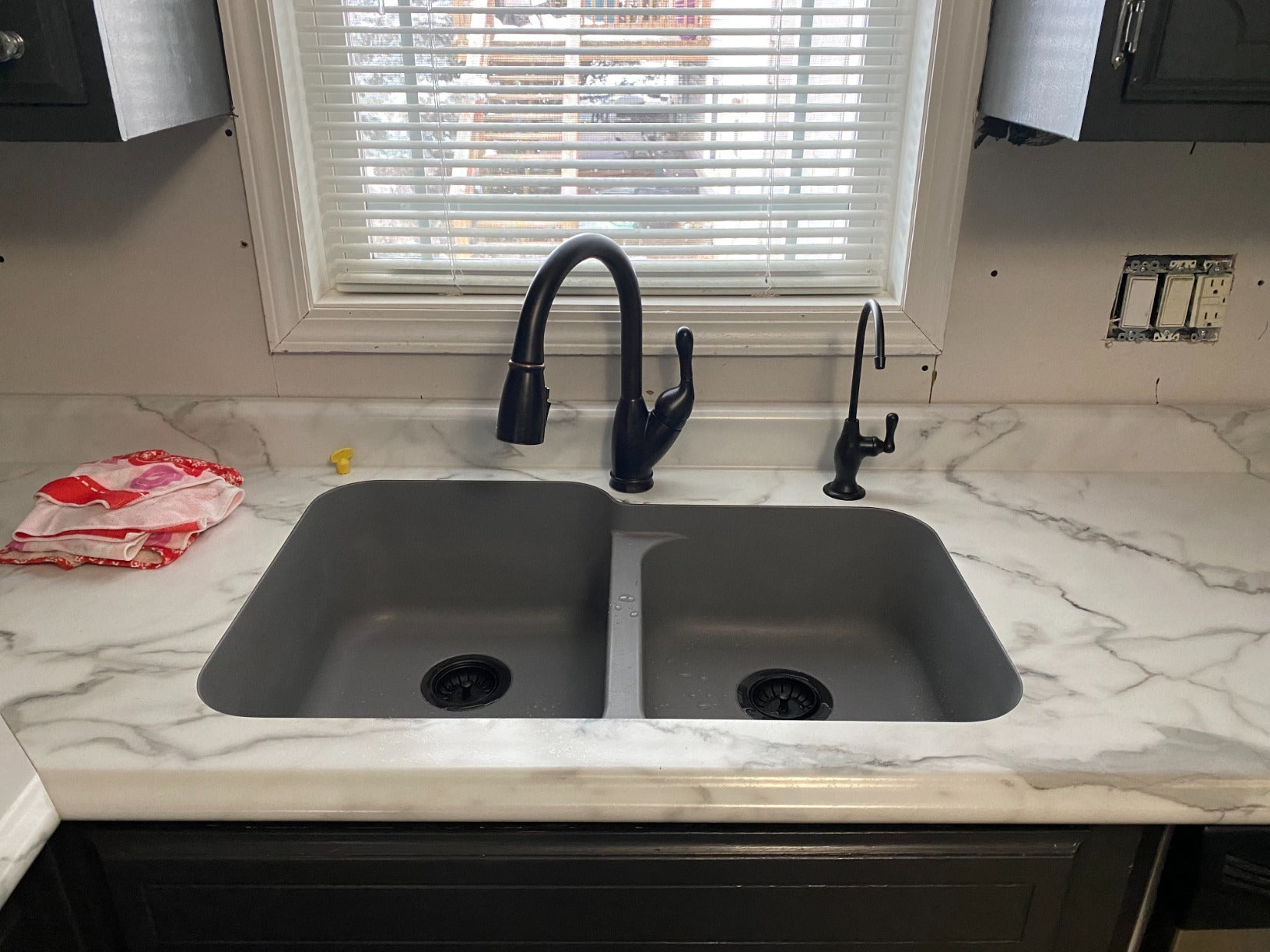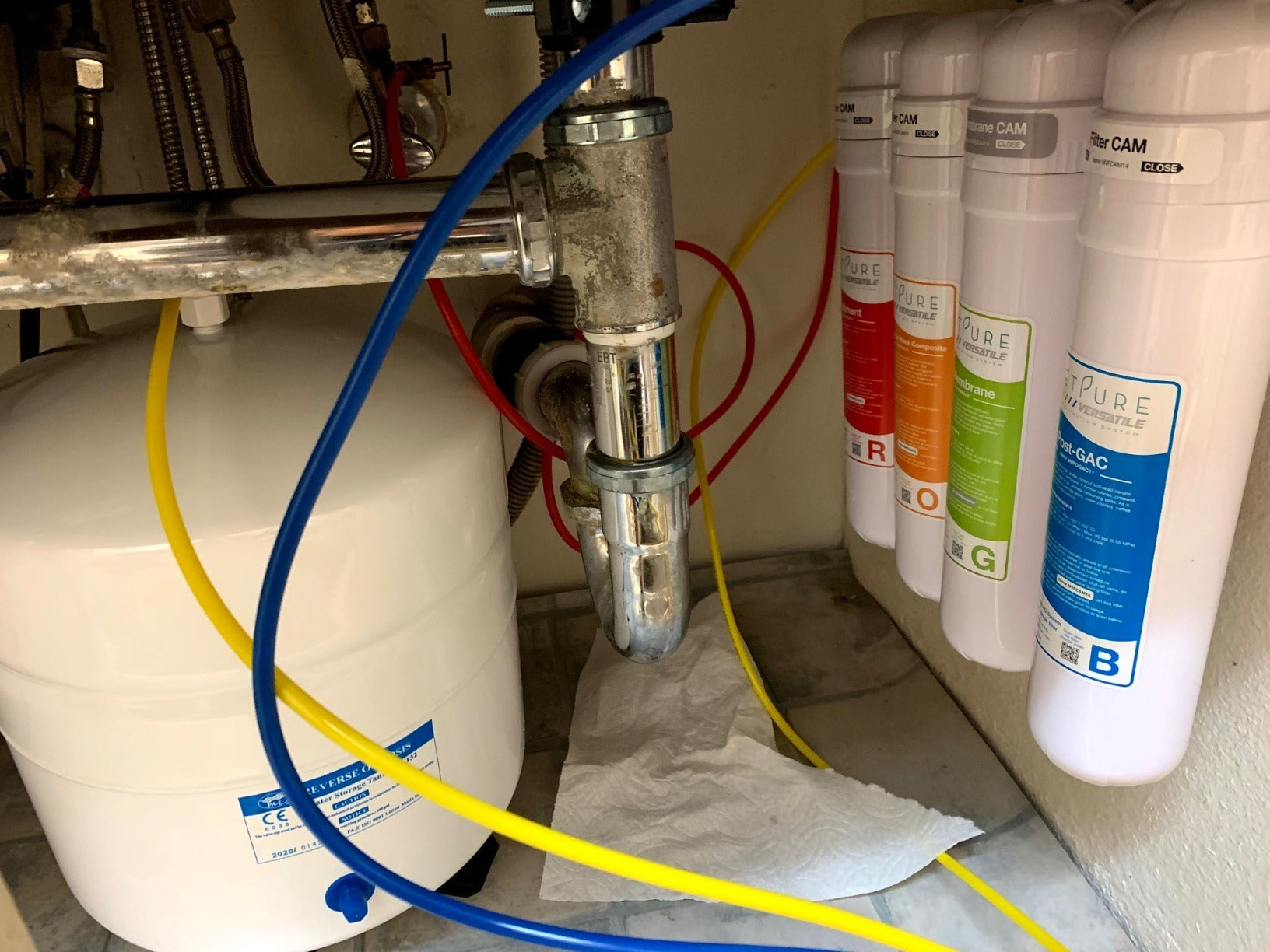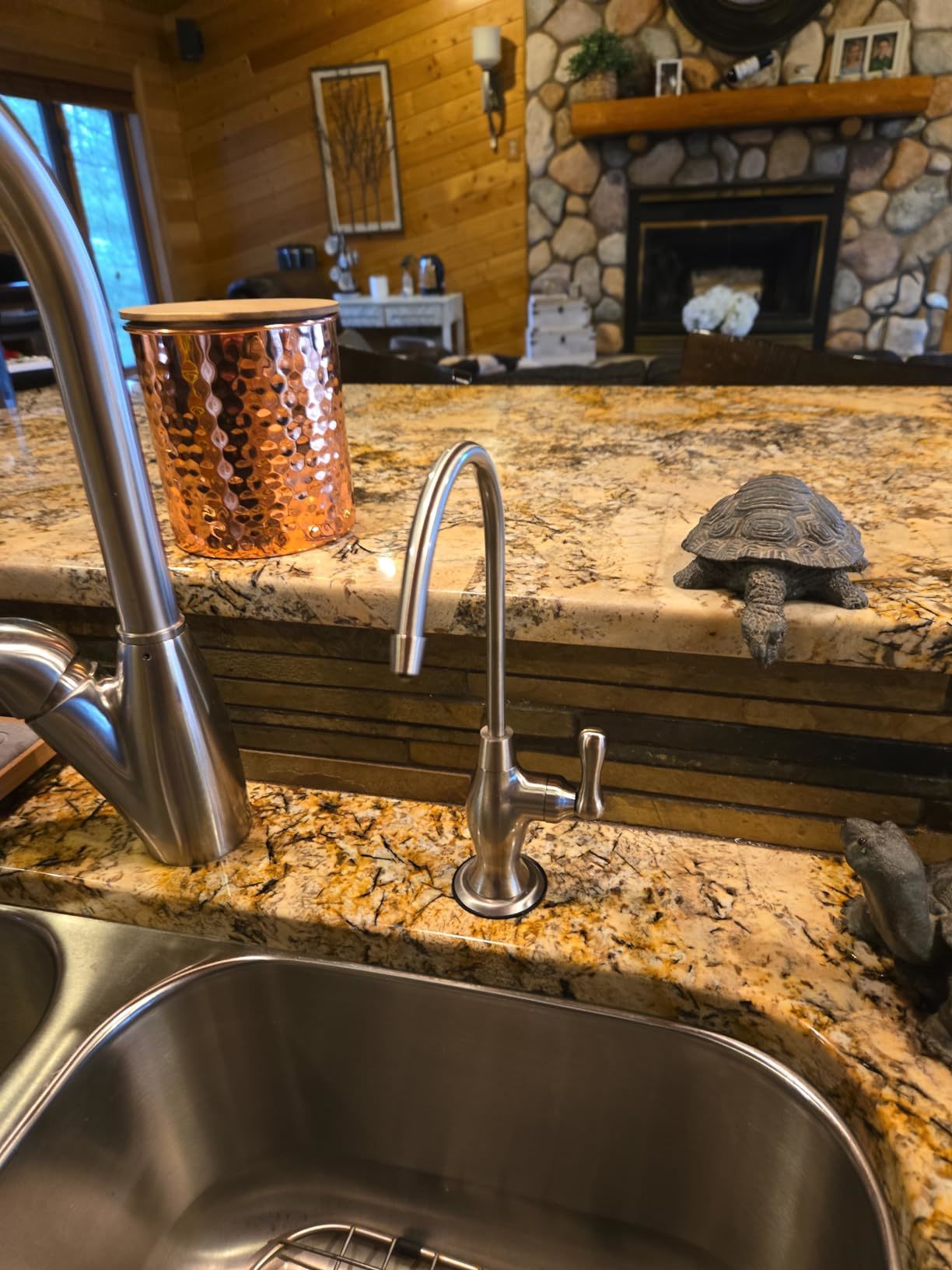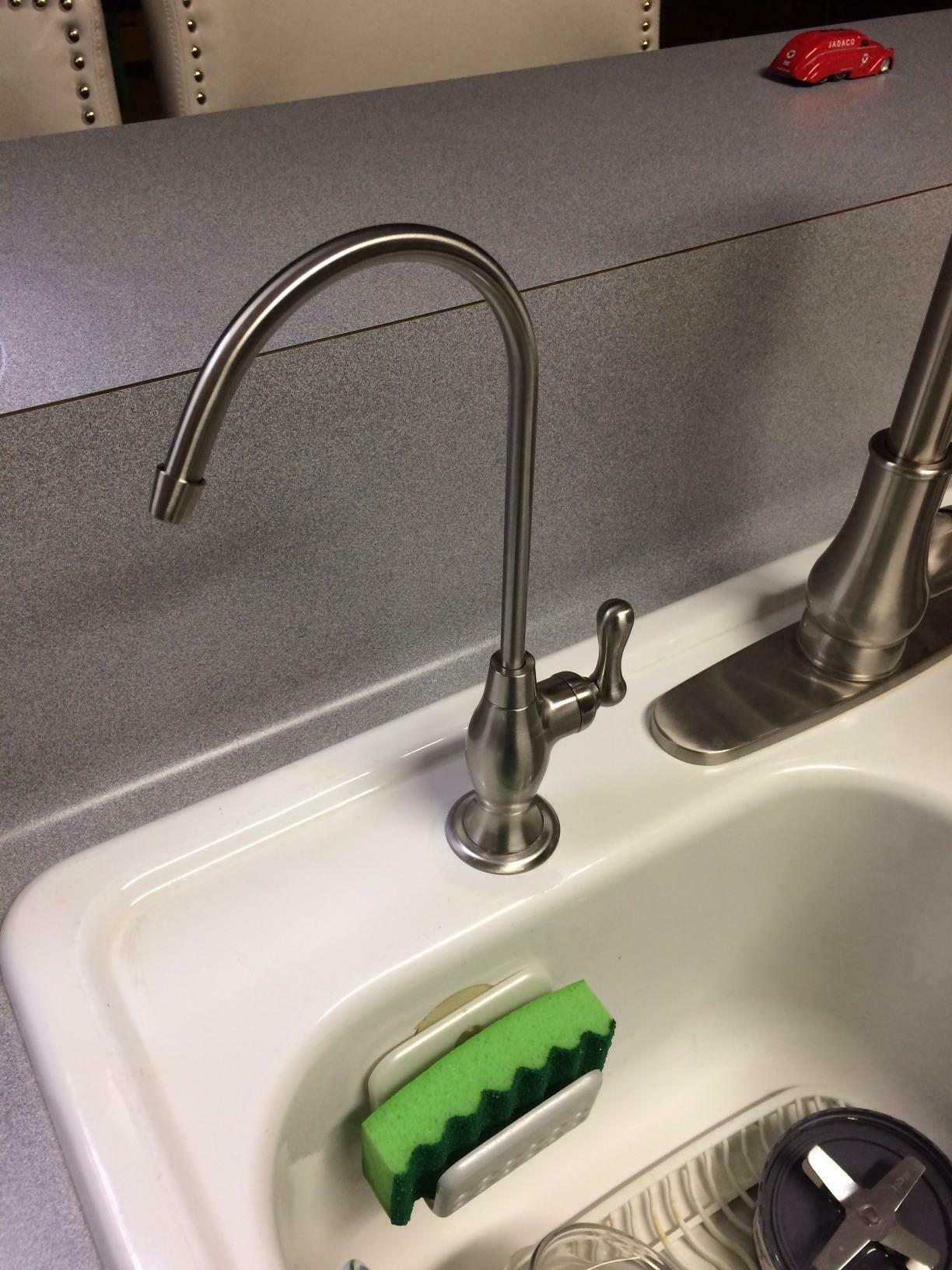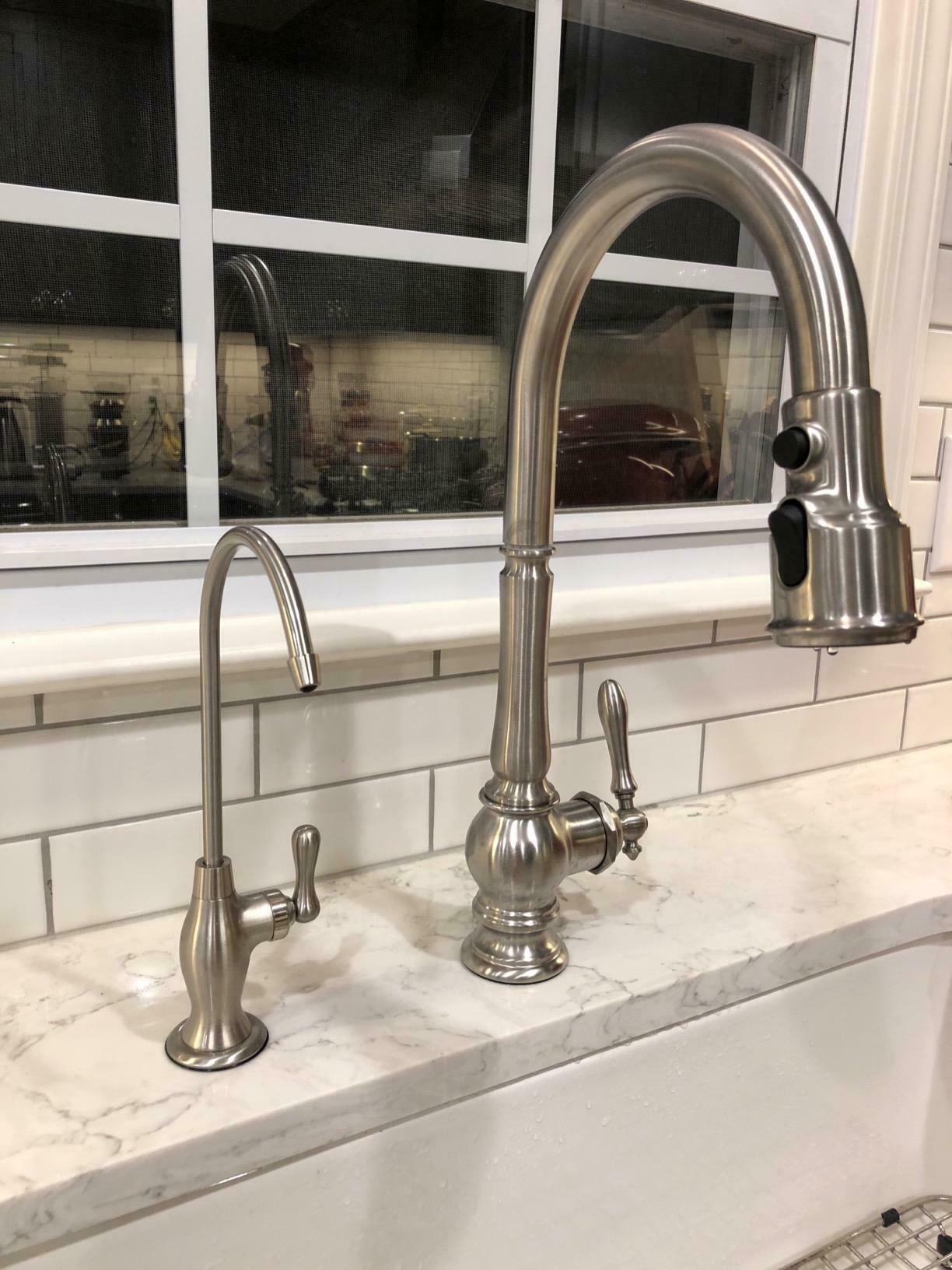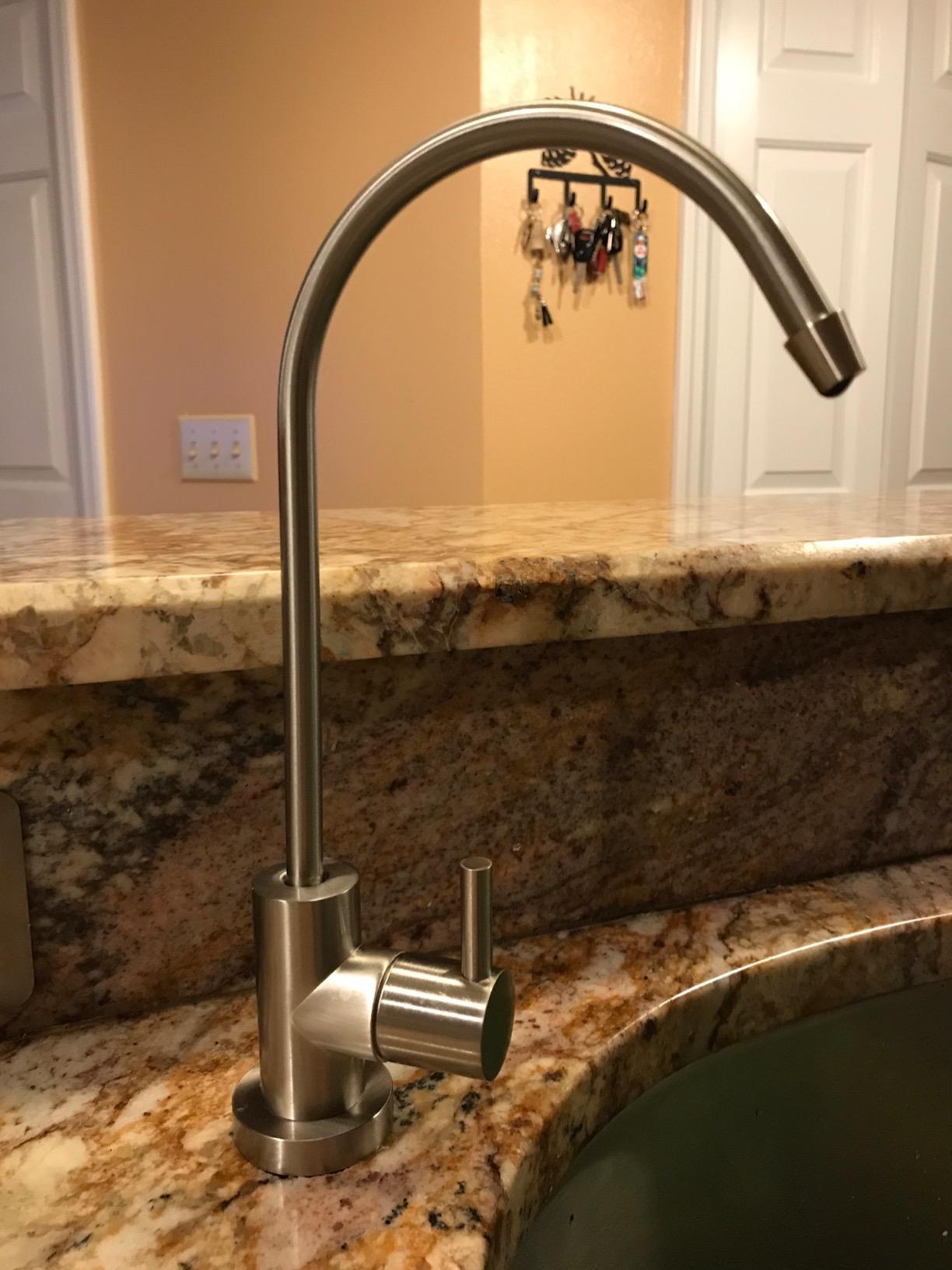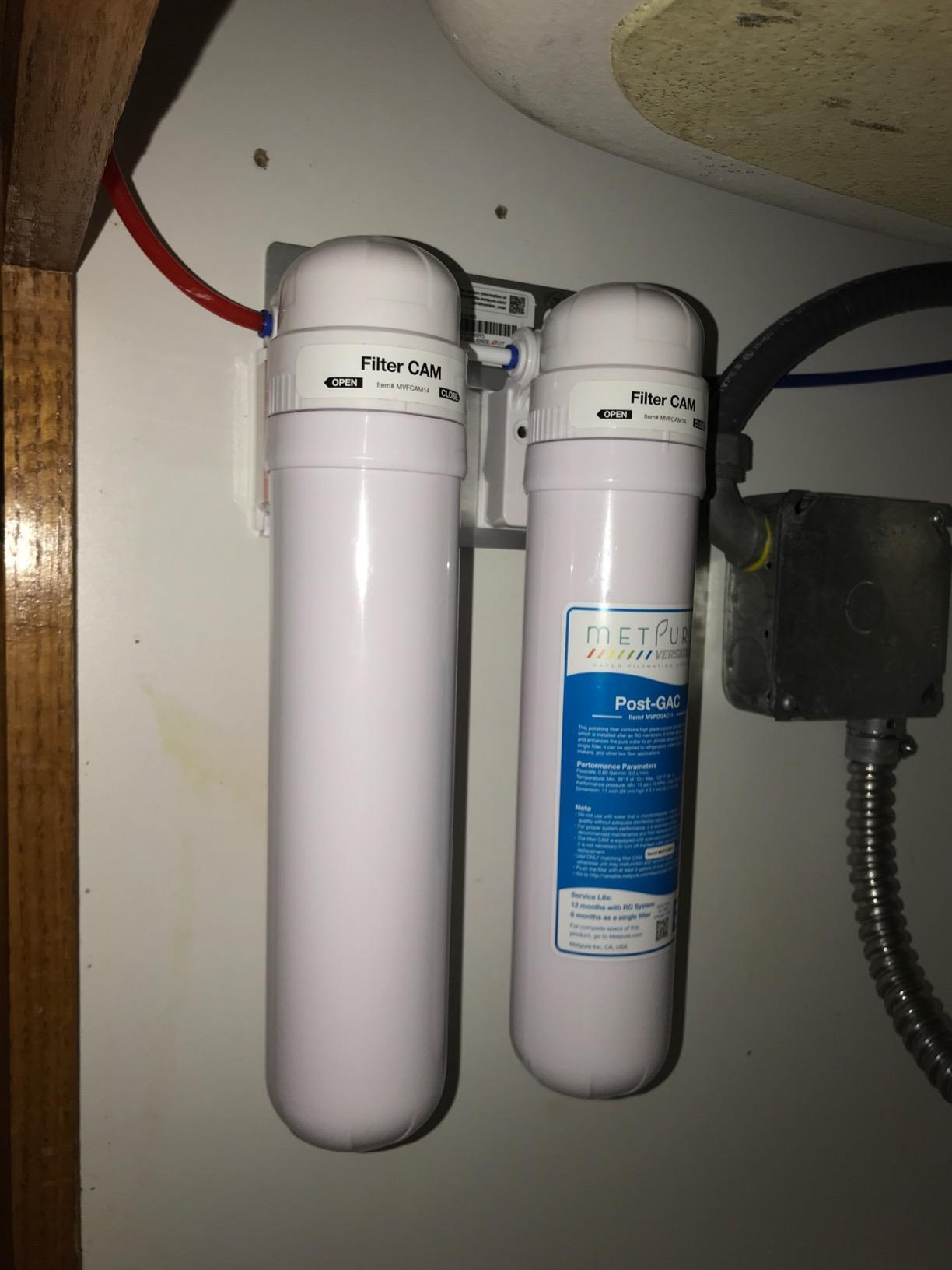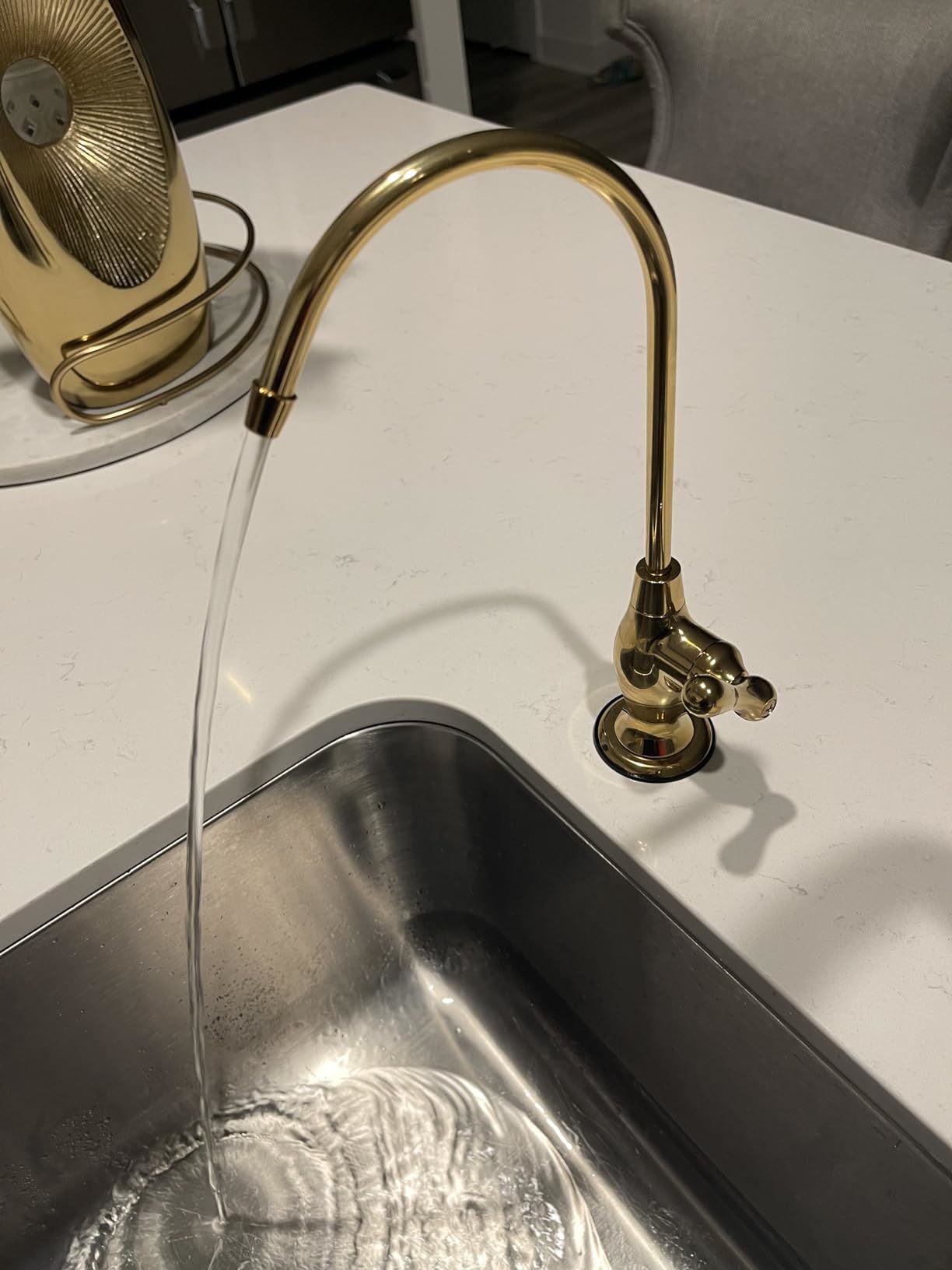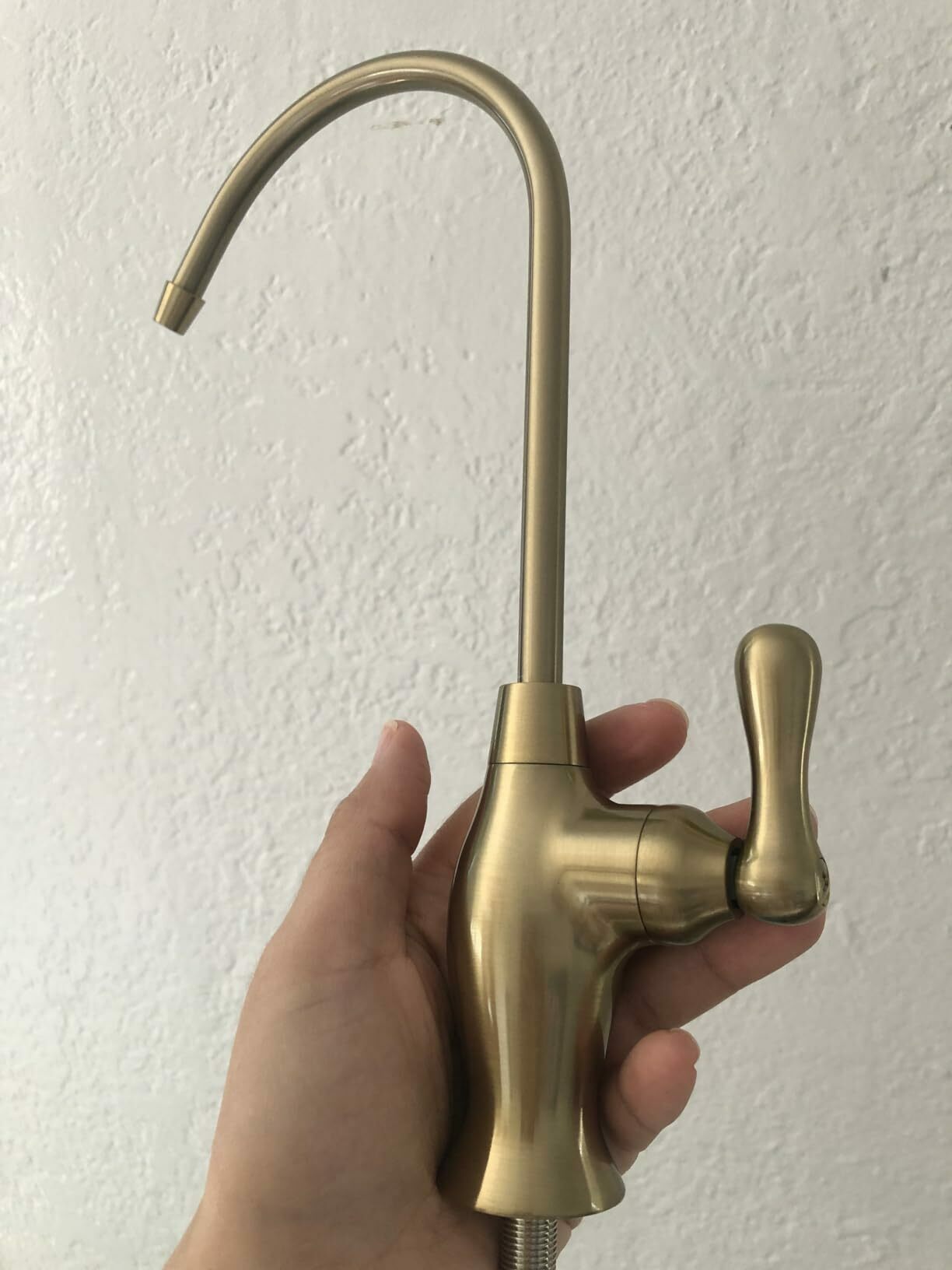How Often Should I Replace My Water Filtration Faucet?
Table of Contents
Water filters improve the taste and smell of your water. They also remove harmful germs and chemicals that can cause sickness.
Filter cartridges typically need to be changed every 3 to 6 months. Consult the manufacturer’s guidelines for more information.
Water flows through a sediment pre-filter and a zeolite or carbon filter with small pores to trap contaminants like chlorine. Water filtration Faucets improve the taste and smell of your water. They also remove harmful germs and chemicals that can cause sickness.
How Much Water Do You Use?
Regardless of your system type, it’s important to follow manufacturer guidelines and stay on top of maintenance tasks. Pitcher filters, for example, typically need to be replaced every two months or 40 gallons. Whole house systems can have a variety of different filtering components, including sediment pre-filters and specialized membranes for specific contaminants. Some have smart settings that allow you to keep track of filter life and replacement times.
Changing the filter at the first sign of decreased water pressure, bad taste or odor, or cloudy water can save you money and hassle in the long run. A professional inspection can help ensure the system is working properly.
How Much Water Do You Drink?
While you should drink water to stay hydrated, how much is necessary depends on a few factors. The Institute of Medicine recommends that adults drink 13 cups or about 1.9 liters of water per day. This amount includes water, low-sugar or sugar-free drinks and tea or coffee.
Manufacturers generally suggest that under-sink water filters should be changed every six months, though this varies by system and usage. Smart filtration systems can keep track of filter and membrane life, making it easy to stay on top of maintenance needs.
The best way to hydrate is to drink small, frequent glasses of water throughout the day, especially on hot days or when exercising. It is also recommended to drink water before you feel thirsty.
How Much Water Do You Cook With?
Lastly, be sure to follow your water filter’s manufacturer guidelines and look for reminders that help you maintain optimal water quality. Depending on your system, you may also need to regularly sanitize the o-ring that seals the housing bowl and cap.
Pitcher filters tend to need replacement every two months or 40 gallons, while whole house systems that remove contaminants from all of your household water typically need to be replaced every three to six months. Many smart filtration systems make it easy to track and change filters without any fuss, but regardless of what type of system you use, regular testing and preventative maintenance can go a long way in ensuring healthy water.
How Much Water Do You Clean With?
You might not realize it, but you use more water than you think for cleaning, laundry and grooming. Each shower, flush, and load of dishes uses gallons. Add to that the gallons used for lawn and garden watering, and it’s easy to see why it quickly adds up.
Smart filtration systems can track and monitor your water usage, making it easy to stay on top of maintenance needs. For example, a standard under sink filter typically needs to be replaced every six months based on household usage. Other factors, such as water quality, can affect replacement frequency. Changing the filter before it slows down can help ensure optimal performance and maximum contaminant reduction.
How Much Water Do You Wash With?
Water filter manufacturers recommend specific timelines for filter replacement, based on factors such as household water usage and the types of contaminants your water filters remove. It’s important to adhere to those guidelines in order to get the best results from your filtering system.
If you have a smart water filtration system, you can monitor cartridge life right from your faucet or smartphone. This can help you stay on top of the maintenance needs of your system so you can enjoy clean, safe water all year round.
Some water filters may have multiple cartridges to reduce the risk of clogs or build up, including a sediment pre-filter to capture silt and debris, an activated carbon water filter to reduce harmful chemicals, and a reverse osmosis membrane that removes heavy metals and more.
How Much Water Do You Dry With?
Unless your water is exceptionally clean, you’ll need to change out both the sediment pre-filter and RO membrane from time to time. A smart system can help monitor these filter stages and let you know when it’s time to change them.
It’s always best to follow the manufacturer’s guidelines and set reminders for yourself to track and change water filters. The average household needs to change their under-sink water filtration system every 6 months. However, this can vary based on your water usage and the level of contaminants in your drinking water. This is why it’s so important to keep up with your filter changes to ensure the best performance and optimal contaminant filtration.


